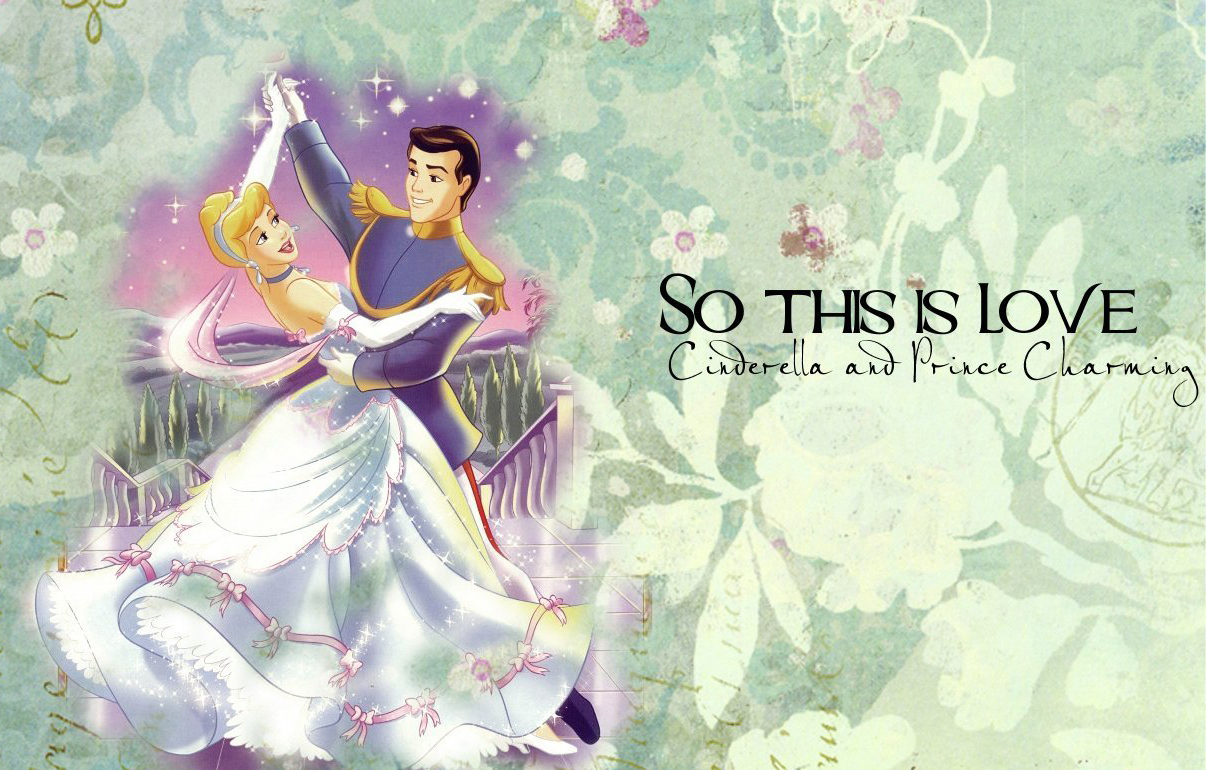Christensen's piece "Unlearning the Myths" is relevant to me as I am also taking a class focused on children's literature. The fairy tales that I have read thus far in my other class are Snow White, Sleeping Beauty, Cinderella, and The Princess and the Pea. All have the same plot line: there is the girl played as the damsel in distress, and the prince who will be there to save the day. I agree with Christensen when she says "children's books and movies, instructs young people to accept the world as it is portrayed in these social blue prints" (Christensen, 126). Children are exposed very early to sexism, racism, and class association through social media. Christensen explains that later she had high school students break down children's books and movies and analyze them, and many agreed that their own views were shaped by these types of social media. However, I believe it is easier when older to look back at children's literature, television shows, and movies to see the influential, yet inappropriate factors incorporated in these items. My question therefore is, how do we change children of this age from being influenced by such social media?
I believe that it is critical to change how the media influences children especially those at such a young age. In general, the media has a strong control over consumers, in terms of influencing trends, styles, and etc. However, I believe children are of the biggest risk, as they are too young and too vulnerable. The media that is being communicated to them is through literature, cartoons, and movies. Children are picking up the themes of sexism, racism, and class association. Children may not be able to fully express that they are being influenced, however there have been studies done that prove this influence. From a class I took last year, there was a study done that included girls of different races, ranging from the ages of 5-10. The girls were presented with barbie dolls of all different races. The girls were then asked to choose a doll that was the most beautiful. The majority of the girls chose the Caucasian barbie doll. When asked why, the little girls responded either they thought she was the most beautiful or that they wanted to be like her. This in itself coincides with Christensen's argument that even children are influenced by the social media. I don't have answer as to how to improve this circumstance, however I do agree with Christensen and am wondering if there really is an answer of how to solve it.
Just found this and thought it summed up these fairy tales of Disney princesses.

I also heard about the study (or one similar) about young girls who had multiple different barbie dolls placed in front of them and asked to choose the one they thought was the most beautiful and I may be wrong but I believe that even the African American girls chose the white barbie doll
ReplyDeleteI agree with you that the biggest risk in all of this is that kids are very impressionable at this age. I wrote about this in my first paper regarding teens and I feel like growing up until you reach a certain age your life can be very influenced by the media and society.
ReplyDeleteI completely agree that children are being exposed to sexism, racism, etc. at a very early age, without even realizing it. I never realized it as a young girl when watching my favorite cartoons or all of the Disney movies. It's not until I became a teen when I started noticing the different effects/pictures the these CHILDREN'S shows/movies portray. It's not even just the race of the barbie doll, what about the size? This article was posted on the Gender and Women's studies FB page over the summer and I thought I would share.
ReplyDeletehttp://www.huffingtonpost.com/2013/07/01/normal-barbie-nickolay-lamm_n_3529460.html#slide=2642657
i enjoyed your example of the Barbie doll, it provides evidence how children at such a young age are stereotyping even a barbie doll based on color. i think its crazy that young children are being influenced by so many factors present in society today
ReplyDeleteI think it's wonderful that you're also taking a class on children's literature! I think that will help you to continue making connections from this class to that one and vice versa. I'm curious to know in the future if you find anymore examples of the "secret" lessons children's literature teaches other than the portrayals of damsel's and princes:) Great post!
ReplyDelete